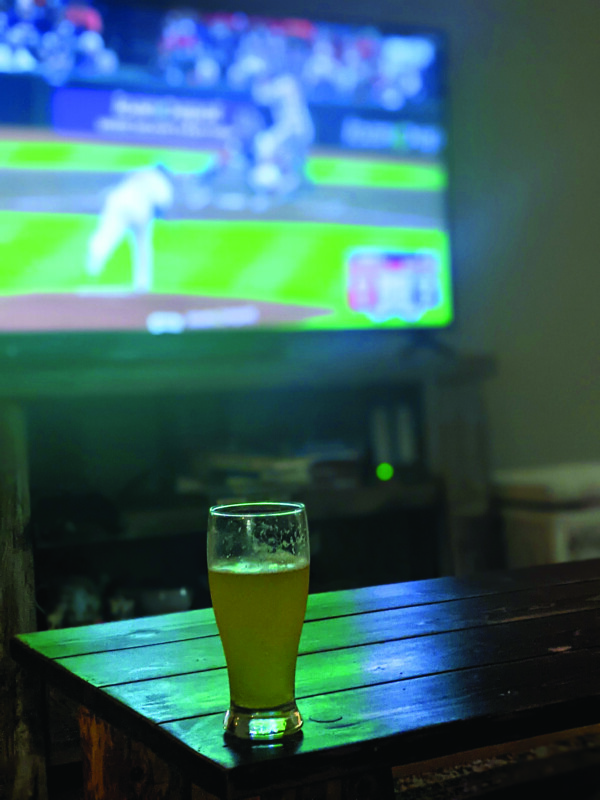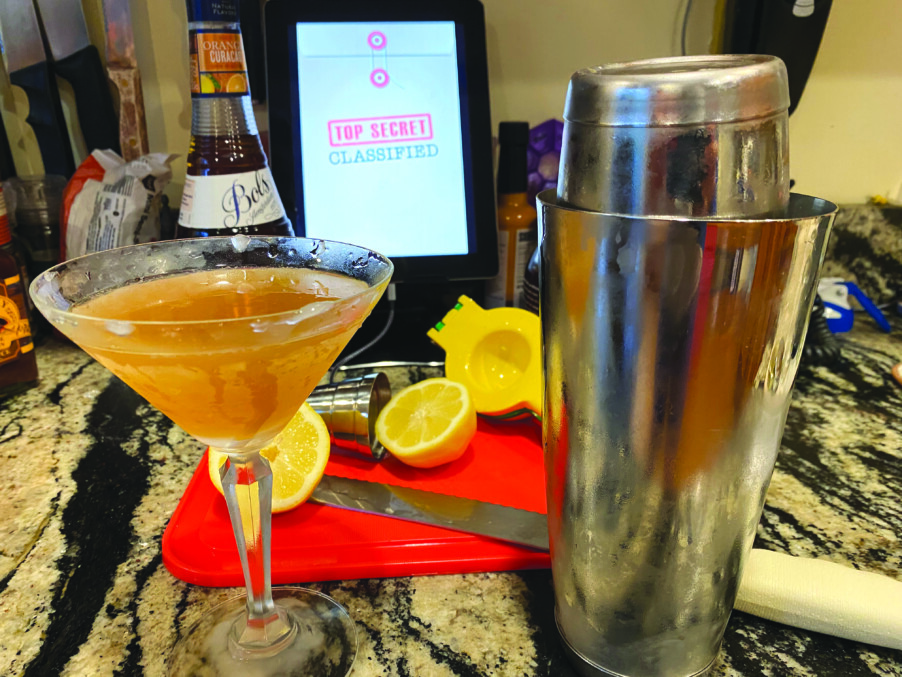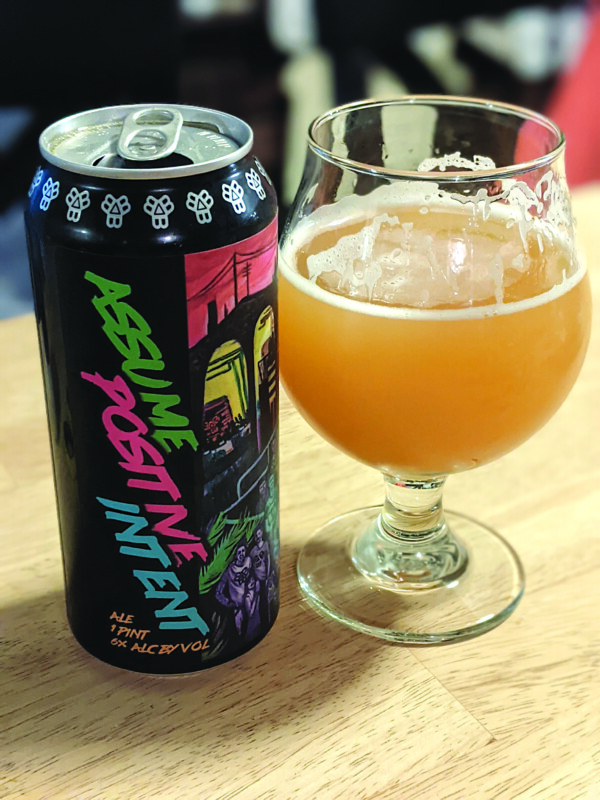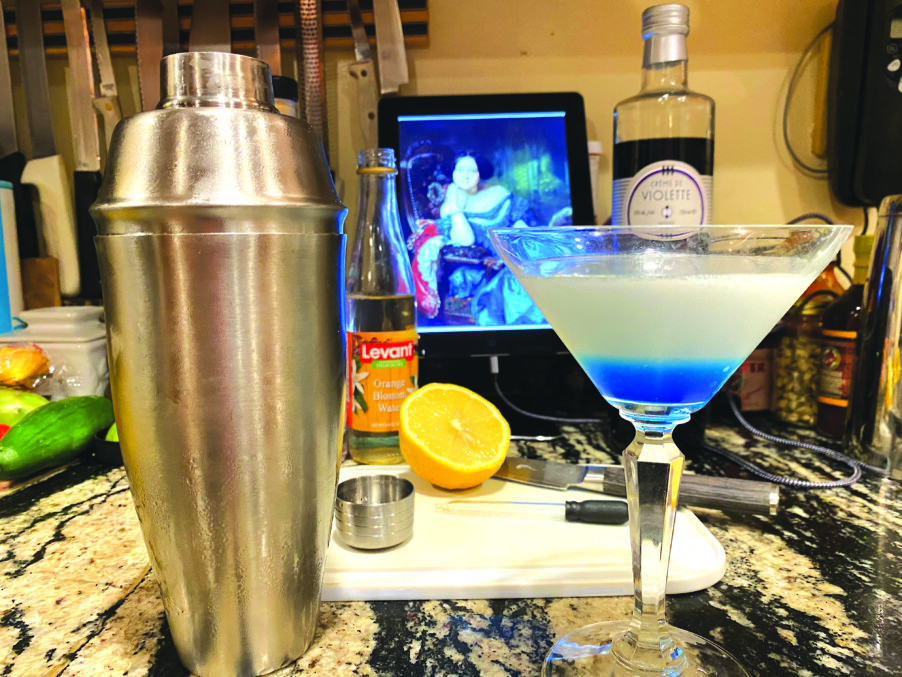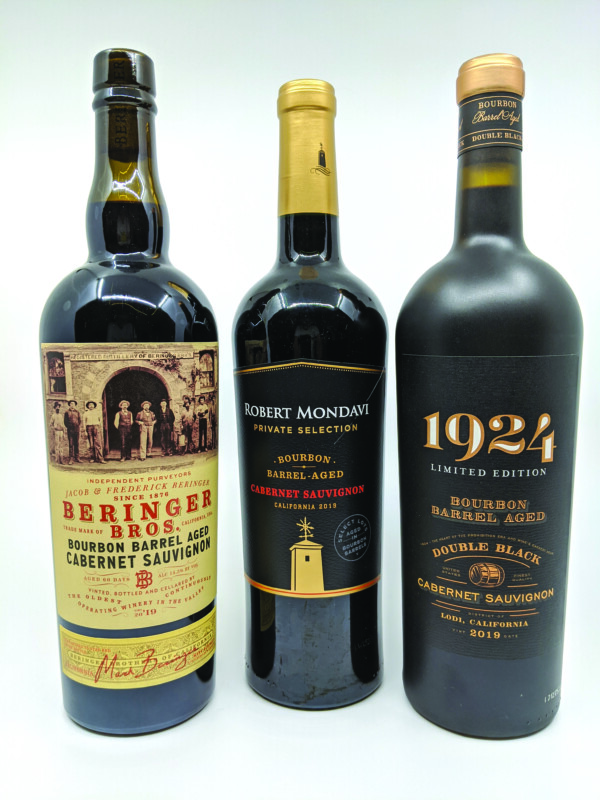There’s something about fall ball
“Are you OK?” my wife asked.
I was gripping — white-knuckling — our living room coffee table as the Red Sox clung to a slim lead in the eighth inning of Game 4 of the division round of the Major League Baseball playoffs.
I was not OK. While I’ve increasingly become a fair-weather Red Sox fan as the game has evolved to be (too) heavily focused on analytics, rather than the good old-fashioned eye test, this was still the playoffs and this was still the Red Sox.
I took a pretty hefty swallow of my beer, in this case a Patina Pale Ale by Austin Street Brewery in Portland, Maine, and took a deep breath. It didn’t help, as the Sox quickly gave up three straight hits to allow the Tampa Bay Rays to tie the game. By now you know the Sox ended up winning so all’s well that ends well. But you get it. Things were dicey in the moment.
There is something about the flow of a baseball game that lends itself to drinking. It’s actually not that complicated. In addition to inning breaks, there’s a little mini break after each pitch that begs for a sip of beer.
If you do like baseball, fair-weather fan or not, there is something truly special about October baseball. It is so intense. The game hangs in the balance on every pitch. Beer does help with calming the nerves for overly intense viewers like myself.
Now that said, in a close playoff game, you’re not going to be paying close attention to your beer. I don’t think pulling out the most coveted can or bottle in your beer fridge is a great move in the middle of the game — you’re just not going to be able to appreciate it as much as you should because your attention is going to be on the game. (Save it for the post-game celebration.)
That’s not to say I think you should drink something lousy either. I’m just suggesting you choose something you don’t have to think about as much.
Super-hoppy beers are great but they tend to be high in alcohol and I feel the need to remind you that baseball games can run very, very long. The team needs you there for the ninth inning.
Big stouts and porters can be a nice choice but I wouldn’t bother with overly complex brews — again, you’re just not going to be able to take the time to pay attention to layers of complexity.
For game time, I’m looking for something simple. I’m talking Pilsners, pale ales and dry stouts. Maybe toss in an amber ale or something along those lines. I still want the beer to taste good but I don’t want to contemplate its nuances.
Here are three New Hampshire beers that I think pair quite well with October baseball.
Auburn American Red Ale by Able Ebenezer Brewing Co. (Merrimack)
The pour on this is quite dark but don’t let that fool you: This is about as sessionable a beer as they come. The brewery describes it as “smooth, crisp and satisfying” and I can’t do better than that.
Hank’s Pale Ale by Throwback Brewery (North Hampton)
This has a nice backbone of grapefruit in a very crisp and dry package. You’ll want to have a couple of these, regardless of how the game is going.
Dirty Blonde Ale by Portsmouth Brewery (Portsmouth)
Take a sip, don’t think about it and repeat. This light-bodied ale is a perfect choice when you just want a beer that tastes like a beer.
What’s in My Fridge
Pale Ale by Navigation Brewing Co. (Lowell, Mass.)
First, we should talk about the fact that I love that this brewery just left the name as “Pale Ale.” I love the simplicity. I enjoyed the beer right in its taproom, which is a neat spot in an old mill building. The beer was fresh and clean and featured some light grapefruit notes — very sessionable. Cheers!
Featured photo: Beer and Red Sox playoff baseball. Courtesy photo.

